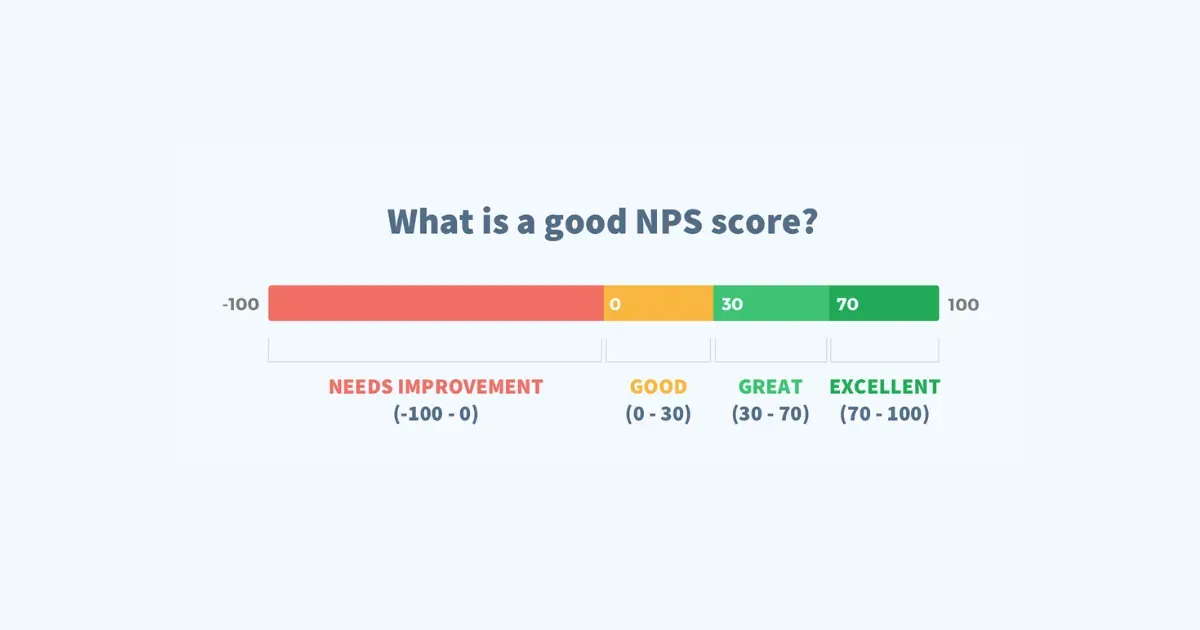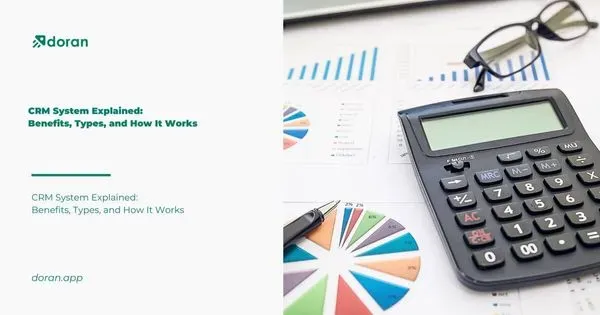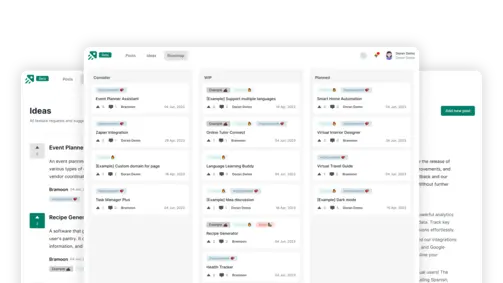NPS and the Customer Journey: Mapping Feedback to Touchpoints
Create changelog and product roadmap for your product
Explore nowTable of contents 7 min
Net Promoter Score (NPS) serves as a compass for understanding customer sentiment and loyalty throughout the entire customer journey. From initial discovery to post-purchase interactions, NPS offers valuable insights that can inform strategic decision-making and drive improvements at every touchpoint. In this article, we’ll explore the intersection of NPS and the Customer Journey, uncovering how businesses can leverage NPS data to enhance experiences, foster loyalty, and ultimately achieve success in today’s competitive marketplace.
NPS Definition
NPS serves as a benchmarking tool to measure customer satisfaction. The NPS method is derived from a brief survey that provides valuable insights into customer loyalty. It gauges customers’ inclination to recommend a business to others, such as friends or acquaintances.
NPS sets itself apart from other benchmarks, like the customer satisfaction score, by providing a broader view of a customer’s overall sentiment towards a brand rather than focusing on specific interactions or purchases. Due to this, it is a common topic of conversation when discussing customer experience.
Furthermore, the net promoter score is a widely recognised benchmark utilised by companies on a global scale. This provides businesses with a valuable tool to assess their performance in relation to their competitors.
Read more: The Power of NPS: From Score to Actionable Insights
Formula for calculating NPS

First, you need to identify the quantity of promoters, passives, and detractors.
The net promoter score calculation relies on a brief questionnaire that prompts customers to rate their likelihood of recommending a brand to others.
“Please rate your likelihood of recommending us to friends, colleagues, or business associates on a scale of 0-10.”
This fundamental question (with minor variations in wording) forms the foundation for all calculations of net promoter score. Typically, the survey participant is requested to rate something on a scale ranging from 0 to 10. Based on the number they select, individuals are assigned to one of three distinct categories:
Promoters
Promoters are individuals who assign a score ranging from 9 to 10. They are often observed to engage in behaviours that contribute to value creation, such as making additional purchases, remaining loyal to the brand for an extended period, and referring others. They possess a significant “lifetime value.”
Passives
Passives refer to individuals who provide a rating of 7 or 8. Their level of satisfaction is considered to be moderate. Customers may exhibit brand loyalty, yet they also possess the capacity to switch their allegiance to a competitor under favourable circumstances. They do not prioritise making extra efforts to refer a prospect.
Detractors
Detractors assign a rating on a scale ranging from 0 to 6. Typically, these dissatisfied customers have the ability to harm your brand reputation by leaving negative reviews, engaging on social media, or spreading negative word-of-mouth.
Calculating the net promoter score involves subtracting the percentage of detractors from the percentage of promoters.
Example Calculation of Net Promoter Score
Consider a hypothetical situation in which a company conducts a survey of 200 of its customers using the commonly used Net Promoter Score (NPS) question. Keep in mind that the primary goal of NPS is to gather information about overall customer sentiment. Therefore, it is important that this question is not focused on a specific product.
Once all the responses have been tallied, there are 125 respondents who are promoters, 42 who are passive, and 33 who are detractors. To begin, we need to calculate these amounts as percentages.
Promoters = (125/200) x 100 = 62.5% Passive = (42/200) x 100 = 21% Detractors = (33/200) x 100 = 16.5% Next, the net promoter score calculation is used. Company NPS = %Promoters - %Detractors Company NPS = 62.5 - 16.5 = 46
NPS Interpretation and Benchmarking

What constitutes a “good” net promoter score? In order to address this enquiry, it is crucial to grasp the concept that there is no singular, definitive number to aim for. The results can vary significantly across different industries.
In terms of scoring, any value greater than zero can be categorised as a positive score, indicating a higher number of promoters compared to detractors. Based on global NPS standards, a score that surpasses 30 is considered favourable, while a score exceeding 70 is deemed exceptional. Nevertheless, it is quite uncommon to come across either of these scores.
One effective approach to utilising NPS involves comparing your score with that of a nearby competitor to gauge your performance.
Additionally, it is crucial to consider the overall scores within your industry. Achieving a score in the 30s or 40s is often considered a desirable goal in various industries. Department and speciality stores have an average score of 58, which is higher than airlines at 35, and significantly higher than internet service providers at a mere 2.
If your score suggests that you are outperforming your industry competitors in terms of customer relationships, it is reasonable to expect that your customers will remain loyal.
Understanding Customer Journey

Consider the customer journey as a comprehensive guide that outlines the process of how a customer becomes aware of your brand, their interactions with your brand, and what happens afterwards.
The customer journey encompasses all the experiences that customers undergo when engaging with your company and brand. The customer journey captures the complete experience of being a customer, rather than focusing on isolated aspects of a transaction or interaction.
Using NPS to Improve the Customer Journey
The NPS and the Customer Journey data allows businesses to pinpoint where customers are experiencing friction or delight. Analyzing feedback from Detractors highlights pain points in the journey, prompting targeted improvements.
Similarly, NPS and the Customer Journey facilitates understanding what drives Promoters’ advocacy helps replicate positive experiences for other customers.
NPS and the Customer Journey surveys can be triggered at key touchpoints throughout the journey, providing valuable insights into specific stages that need attention. By closing the loop with follow-up questions and acting on feedback, businesses can leverage NPS to continuously optimize the customer journey and foster loyalty.
Limitations of Using NPS for the Customer Journey
While NPS and the Customer Journey offers valuable insights, it has limitations.
The single core question, while concise, can lack nuance. A customer giving a low score may be dissatisfied with one specific aspect, not the entire journey. NPS and the Customer Journey also doesn’t capture the “why” behind the score. Follow-up questions are crucial to understanding the rationale behind responses.
Furthermore, NPS and the Customer Journey can be susceptible to bias. Customers who’ve had a recent positive experience may inflate their score, while those frustrated might understate their true feelings.
Finally, NPS and the Customer Journey doesn’t directly measure customer satisfaction, which can be a distinct factor in the journey. For a more comprehensive view, NPS should be used in conjunction with other customer experience metrics.
Find out more: Use CSAT to Reduce Churn Rate: Reacting vs. Proacting with CSAT
Conclusion
In conclusion, integrating NPS and the Customer Journey is essential for businesses committed to delivering exceptional experiences and cultivating lasting relationships. By leveraging NPS data at each stage of the journey, organizations can identify pain points, amplify strengths, and optimize interactions to drive customer satisfaction and loyalty. Embrace NPS as a strategic tool for understanding and improving the customer journey, and watch as your business flourishes in the dynamic landscape of modern commerce.
What to not miss out on our blog
Gain insightful knowledge and invaluable experiences from dedicated experts.

CRM System Explained: Benefits, Types, and How It Works
Discover everything about CRM system. Learn the benefits and how a CRM system works to improve customer relationships and streamline business operations.

Are you ready? Start your free trial today.
Enhance communication, keep track of the progress, understand customers' insight and more by taking your first trial on Doran.
Sign up for free

